This is an excerpt from The Connection Cure: The Prescriptive Power of Movement, Nature, Art, Service, and Belonging by Julia Hotz. The book explores social prescribing, which addresses common ailments — like depression, ADHD, addiction, trauma, anxiety, chronic pain, dementia, diabetes, and loneliness — with referrals to community activities and resources. The movement is already popular in the U.K. and is gaining traction in the U.S. The excerpt is reprinted here with permission from Simon & Schuster. Copyright © 2024 by Julia Hotz.
A middle-aged man with mysterious pains walks into a doctor’s office, where three helpers greet him.
“When your pain began, what else was happening in your life?” asks the first helper, a teacher from Nepal.

The second helper, a chemist from Iran, chimes in: “Do you have food? Cash? A reason to get up in the morning?”
John thinks some more. He says he has basic needs covered, but his will to wake up died when his wife did.
Then the third helper, a physician from Greece, asks John about his pain from the other end: “When your wife was alive, what made you feel healthy?”
This time, when John answers, his whole face lights up. He describes a dreamy scene: Each morning, he and his wife would walk in the park — greeting the songbirds, the oak trees, the neighbors. After work, he’d sit in his backyard and strum his guitar, while his wife would sing along. Night after night, they’d cruise through songbook after songbook, playing with new melodies and harmonies and guitar riffs. And when John would go to sleep, he couldn’t wait to wake up the next day and do it all again.
Now, with a sense of what used to make John feel healthy, the doctor offers some medicine: a spot in their community orchestra. Taking his prescription pad, he writes precise instructions to walk to the local symphony hall for orchestra practice, three times a week. He offered John a social prescription.
A social prescription is officially defined as a nonmedical resource or activity that aims to improve a person’s health and strengthen their community connections. Don’t let the “social” bit fool you: These are not small-talky, introvert hellscapes where docs sprinkle friendship fairy dust and motley crews of strangers suddenly become best buds. And they’re not prescribed only for social isolation, either. Social prescriptions can cover everything from orchestra practice to fresh vegetables and can help treat everything from depression to poverty. Let me explain.
A huge part of our health is determined by the environments in which we live. To survive, we need basic resources — clean air, trees, nutritious food, shelter, and money. And to thrive, we need sources of joy, meaning, and relationships — reasons to wake up in the morning, things that make us feel healthy, connections to what matters to us. Together, these are called our social determinants of health. We can have the most knowledgeable doctor and the most clinically advanced medicine, but without these connections, we can never be truly healthy.
It doesn’t mean we don’t also need that knowledgeable doctor, or those meds. It just means we might need both. Instead of replacing other kinds of medicine, social prescriptions complement them, offering healing that pills and procedures can’t offer alone. Instead of just treating symptoms of sickness, social prescriptions reconnect us to our sources of wellness. And instead of just addressing “What’s the matter with you?”, social prescriptions address “What matters to you?”
It sounds simple in theory: social prescribing to treat our social determinants of health. But it raises some big questions in practice: Is this woo-woo talk, or does science show social prescriptions actually help us feel better? Is this pie-in-the-sky idealism, or could our overburdened, resource-strapped, burned-out healthcare systems actually adopt social prescribing?
It turns out they already have done this.
Remember the teacher-chemist-doctor trio who treated mystery-pain John? They were based on real people, who really did preach and practice the power of social prescribing long before it was called that.
The teacher from Nepal? That was Siddhartha Gautama, or Buddha. Born in the fifth century BCE, Buddha connected health to the harmony a person feels with their environment, and in their social relationships. To alleviate suffering, he believed the person should try to understand, or be mindful, of its cause. Not bad for a 2,500-year-old.
The chemist from Iran? That was Muhammad ibn Zakariya’ ar-Al Razi, or Rhazes, who lived in the ninth century AD. While contemporaries blamed mental disorders on supernatural causes, Rhazes blamed (at least some) sicknesses on unmet social needs. When he became a physician, he put that theory into practice. Before offering drugs, he offered food as his first line of medicine. Before discharging patients, he offered them money to help with their immediate needs. It was one of psychiatry’s first recorded references to prescribing cash.
And the doctor from Greece? That was Hippocrates, born in the fourth century BCE. We might know him through the Hippocratic oath — the pledge doctors take to use warmth, sympathy, and understanding as much as surgical tools and pharmaceutical drugs. But his lesser-known feat came from practicing those ethics through social prescribing — as one of the first physicians to offer a written prescription for exercise. His ancient Greek contemporaries also used music and theater to treat mental health problems.
It wasn’t just this ancient trio; history is filled with examples of “social prescribing” from all around the globe. Indigenous groups have long linked an individual’s health to the health of their interconnected relationships — both with their neighbors, and the natural world. African villages have long used community rituals to help heal and prevent stress and pain. Traditional Chinese medicine and Ayurveda in India have long emphasized the relationship between a person’s body and their surrounding environment. Long before academics coined theories about the social determinants of health, people around the world were practicing its central tenet: our environments can make or break us. And if we want to change our health, we have to change our environment, too.
Julia Hotz is a solutions-focused journalist based in New York. Her stories have appeared in The New York Times, WIRED, Scientific American, The Boston Globe, Time, and more. She helps other journalists report on the big new ideas changing the world at the Solutions Journalism Network. The Connection Cure is her first book.

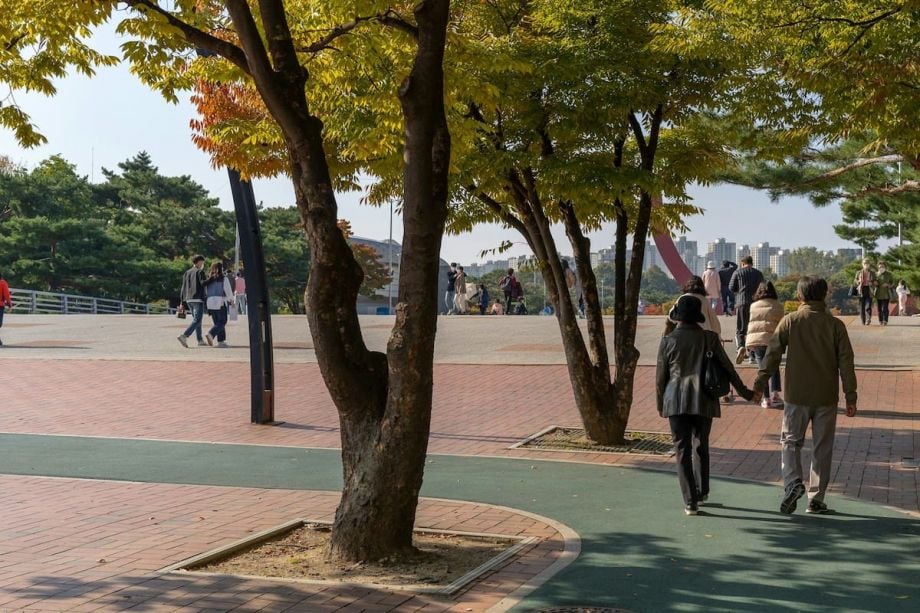
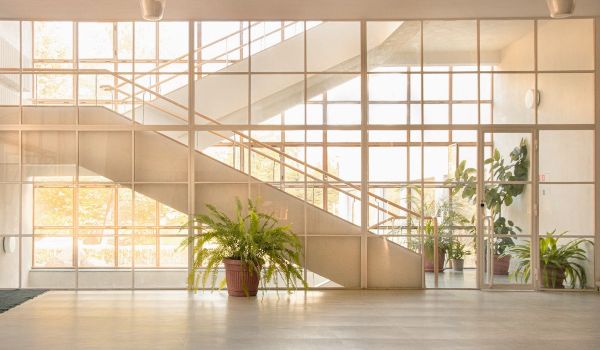
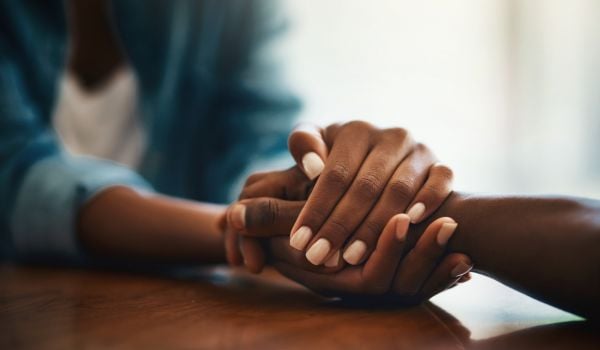

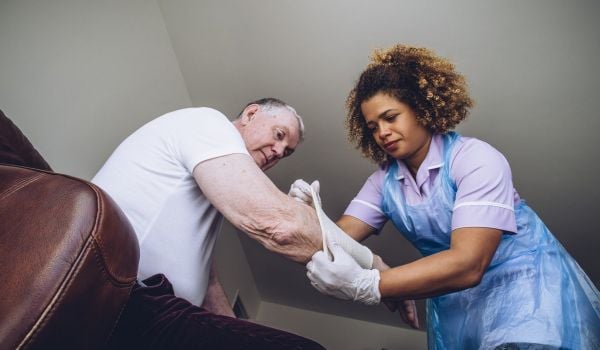
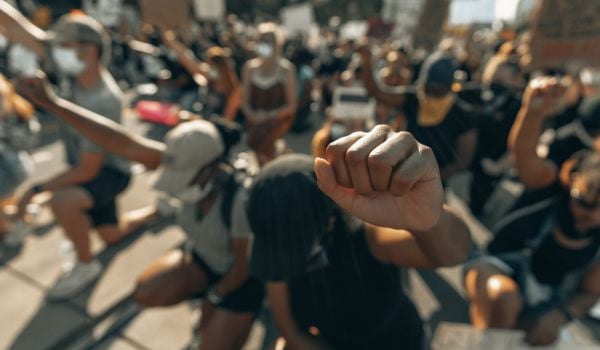

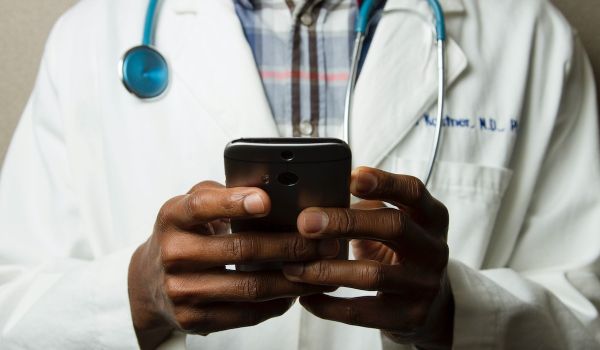








Add to the Discussion
Next City sustaining members can comment on our stories. Keep the discussion going! Join our community of engaged members by donating today.
Already a sustaining member? Login here.